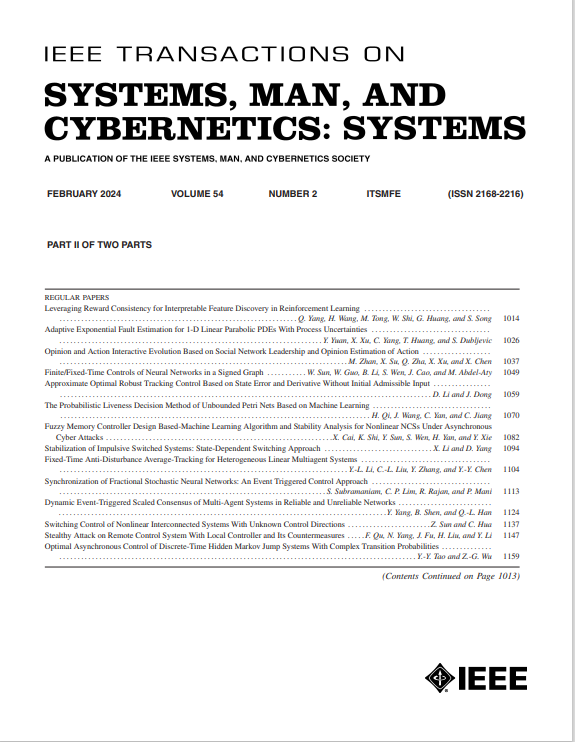Subsample, Generate, and Stack Using the Spiral Discovery Method: A Framework for Autoregressive Data Compression and Augmentation
IF 8.6
1区 计算机科学
Q1 AUTOMATION & CONTROL SYSTEMS
IEEE Transactions on Systems Man Cybernetics-Systems
Pub Date : 2024-09-05
DOI:10.1109/TSMC.2024.3448206
引用次数: 0
Abstract
This article addresses the challenge of efficiently managing datasets of various sizes through two key strategies: 1) dataset compression and 2) synthetic augmentation. This article introduces a novel framework, referred to as subsample, generate, and stack (SGS), which can be used to implement both of these strategies while maintaining the statistical characteristics of the original data. While SGS can be paired with a variety of generative methods, this article specifically demonstrates its application using the spiral discovery method (SDM)—an autoregressive data generation model that allows for the exploratory manipulation of numerical data. The uniqueness and widespread applicability of this approach stems from its support for the fine-grained optimization of exploration versus exploitation goals through an interpretable set of hyperparameters. The effectiveness of the SGS framework combined with SDM is validated on two benchmark examples—one focusing on compression and the other on augmentation—showcasing its potential as a tool for dataset management in engineering contexts.使用螺旋发现法进行子样本、生成和堆叠:自回归数据压缩和增强框架
本文通过两个关键策略来应对高效管理各种规模数据集的挑战:1) 数据集压缩和 2) 合成扩增。本文介绍了一种称为 "子样本、生成和堆叠(SGS)"的新型框架,可用于实施上述两种策略,同时保持原始数据的统计特性。虽然 SGS 可以与各种生成方法搭配使用,但本文特别展示了它在螺旋发现法(SDM)中的应用--SDM 是一种自回归数据生成模型,允许对数值数据进行探索性操作。这种方法的独特性和广泛适用性源于它支持通过一组可解释的超参数对探索与开发目标进行细粒度优化。SGS 框架与 SDM 结合的有效性在两个基准示例中得到了验证--一个侧重于压缩,另一个侧重于增强--展示了其作为工程背景下数据集管理工具的潜力。
本文章由计算机程序翻译,如有差异,请以英文原文为准。
求助全文
约1分钟内获得全文
求助全文
来源期刊

IEEE Transactions on Systems Man Cybernetics-Systems
AUTOMATION & CONTROL SYSTEMS-COMPUTER SCIENCE, CYBERNETICS
CiteScore
18.50
自引率
11.50%
发文量
812
审稿时长
6 months
期刊介绍:
The IEEE Transactions on Systems, Man, and Cybernetics: Systems encompasses the fields of systems engineering, covering issue formulation, analysis, and modeling throughout the systems engineering lifecycle phases. It addresses decision-making, issue interpretation, systems management, processes, and various methods such as optimization, modeling, and simulation in the development and deployment of large systems.
 求助内容:
求助内容: 应助结果提醒方式:
应助结果提醒方式:


